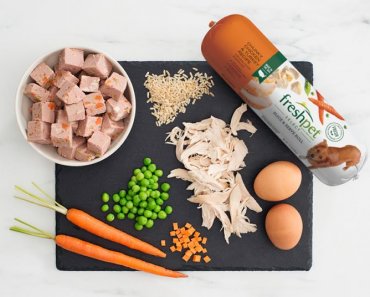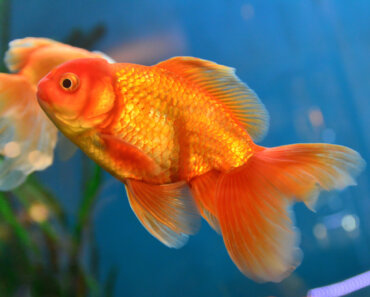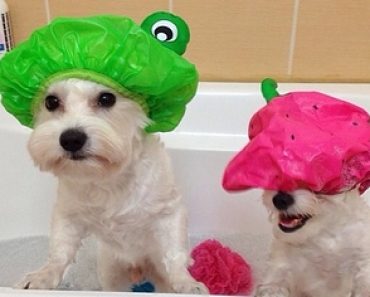Have you finally made up your mind about that aquarium upgrade you’ve been talking about for a while? Or perhaps you’re looking to downgrade to something a bit more manageable, but that is still easy to maintain and gives lots of room for livestock. Whatever the reason for your search for a new tank, a 90-gallon aquarium may be the ideal size you’re looking for.
There are a few things to consider when you’re buying a larger aquarium if this is your first time, like if you want an acrylic or glass tank if you need the glass to be tempered or non-tempered, as well as if you want your aquarium to have a rim or not. You need to consider the most practical fish aquarium that caters to your freshwater or saltwater needs while making sure that the silicone won’t fail and cause your entire room to flood!
Acrylic vs. glass
Aquariums can either be made from acrylic or from the glass. There are a few main differences between the two to consider:
- Pros of acrylic aquariums: lightweight, harder to break, able to be manufactured in different shapes, smooth corners, less distorted and clearer viewing, easier to drill
- Cons of acrylic aquariums: easily scratched, needs full stand support along the bottom, tends to yellow with age, more expensive and harder to find than glass
- Pros of glass aquariums: not scratched as easily, less expensive and easier to find than acrylic
- Cons of glass aquariums: easier to break, heavy, only come as rectangular or square, stays clear and does not yellow, harder to drill, more distorted viewing
While it may seem like the clear choice is acrylic, glass aquariums are actually more favored. Acrylic is only usually used for customized jobs and larger aquariums (150+ gallons) because of its flexibility and durability. For most hobbyists, glass aquariums suffice their needs and can be perfectly modified to fit what they want!
Tempered vs. non-tempered glass
Tempered glass is a type of strengthened glass that breaks into chunks and shatters instead of splintering when hit. While this sounds ideal for an aquarium, given the pressure of the water, the tempered glass would actually explode outward if substantially damaged. The non-tempered glass would also crack if hit but would only lead to a (hopefully small and steady) leak instead of completely shattering.
It is important to know whether your aquarium glass is tempered or not if you plan on drilling to make holes for filtration. Because of its strength, tempered glass is nearly impossible to drill with regular equipment and would need to be taken into a specialty shop.
Most likely, your fish tank will have a tempered glass bottom, but the rest of the panels will be non-tempered. There may even sometimes be a sticker on the bottom that tells you that the glass is tempered. If there is any doubt, it may be worthwhile to take it to a glass shop to be looked at under magnification before attempting to drill.
Rimmed vs. rimless
If you’re going for aquarium aesthetic, you’ll definitely be considering rimmed vs. rimless. Over the past few years, rimless aquariums have gained popularity for their clean and polished look. Keep in mind that you will most likely need to order a specialized mesh cover instead of a traditional aquarium hood to prevent fish from jumping out.
Some hobbyists have also noted that rimless aquariums are harder to keep clean from smudges and experience more salt creep in saltwater tanks. A mesh top will also lead to a substantial increase in water evaporation, causing salinity to rise and/or requiring more frequent top-offs.
That being said, rimless aquariums definitely look more professional while rimmed aquariums can look a little like a classroom experiment. But overall, this preference will not affect the success of the tank!
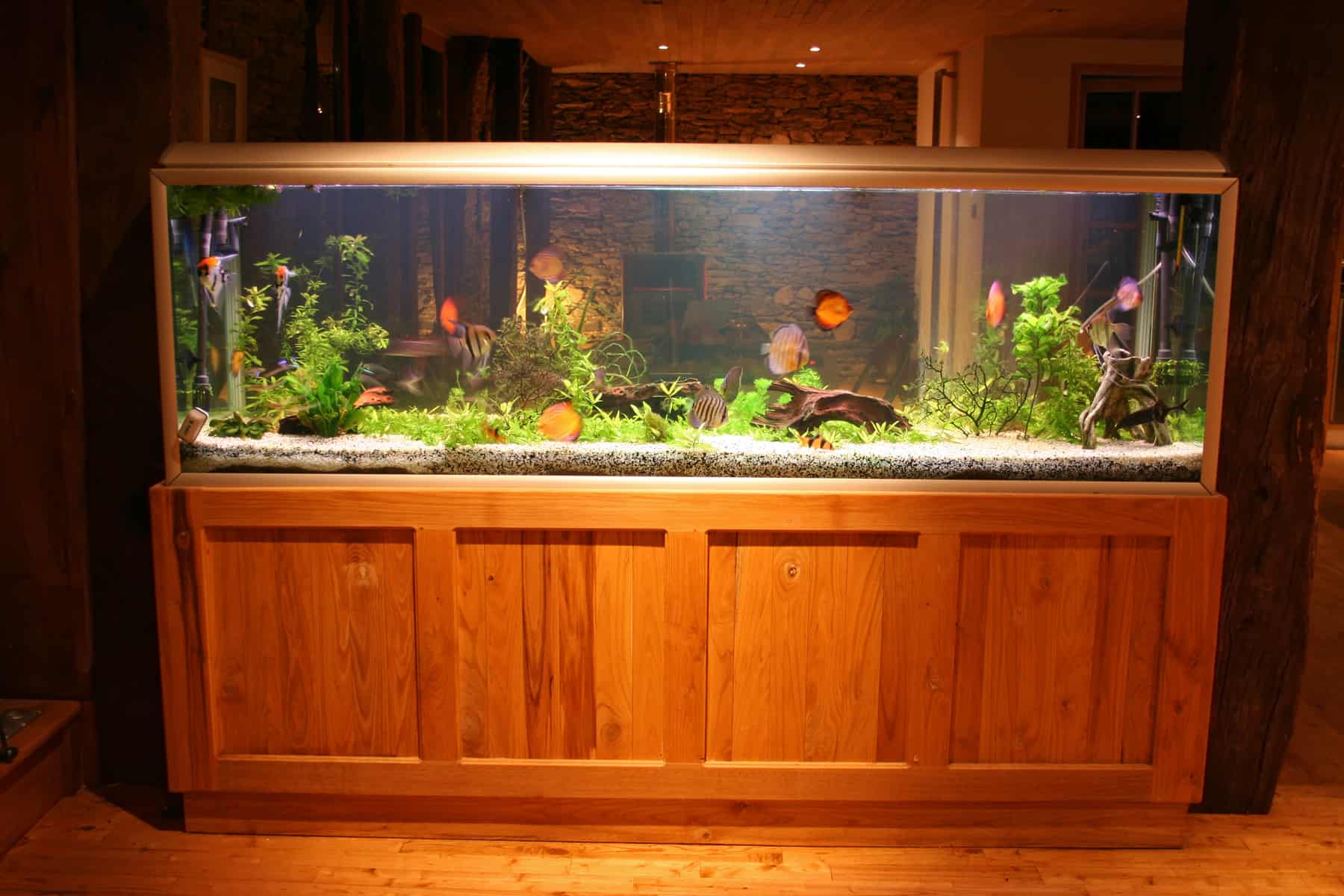
Freshwater vs. saltwater
There is a common misconception that saltwater fish tanks require a different initial setup than freshwater fish tanks. This simply is not true and saltwater can actually be just as easy as freshwater depending on what you plan on keeping.
It may seem that saltwater is more difficult than freshwater because most who have been in the hobby for a while will build the saltwater tank of their dreams, making it seem like you need the best of the best aquarium to succeed. When in reality, a saltwater system would do just as well in a basic glass aquarium as a freshwater system would as long as the appropriate equipment is used in both circumstances.
Testing for leaks
Once you have decided on the size, shape, and type of the tank you want, the first thing you need to do when you get it is tested for leaks. Even with the best-looking silicone and sealed drillings, there is always the possibility that there is an open seam somewhere. Water will always find a way through if there is one!
While you will be eager to get your aquarium up and running, testing for leaks may be one of the most important things you do. Trust me, an aquarium can go from completely full to completely empty overnight. This is why you should always fill your aquarium up to the very top with tap water and leave it alone for several days or preferably longer.
Every day, wipe the tank down with a paper towel, looking for any signs of moisture. If you happen to find an area that is wet, contact the seller and they will most likely try to correct the situation. If you would like to try to fix the problem on your own, you can also buy aquarium-safe silicone and reinforce any areas that could use more after emptying the tank.
Once the silicone has cured, try testing for leaks again. After a week, empty the tank and start with the official set up of your aquarium!
Our top four 90 gallon aquariums
We have chosen four 90 gallon aquarium options based on their practicality and ability to be customized as well as on other customer reviews. All of them could be used for saltwater or freshwater, but are a little different from one another.
90 Gallon Starfire Cube Tank with Center Overflow
The 90 Gallon Starfire Cube Tank is a sleek and compact rimless aquarium featuring a center overflow for customized sump or canister filtration. This tank measures 36″ L x 24″ W x 24″ H with 12 mm Starfire glass for ultra-clear viewing. The centered return nozzles allow for equal distribution of flow to each side of the aquarium, helping prevent dead zones.
This tank is wider than the other tanks featured on this list, allowing for deeper rockwork that can be staggered to create more shelving for corals and caves for fish in a saltwater system. Stand and cover are not included.
When compared to other similar products, customer reviews rated this aquarium as slightly more expensive, but definitely worth the money if you have a specific setup and clean aesthetic in mind. Reviewers also commented on good silicone coverage and good company customer service if problems do arise.
What we like:
- Highly customizable for filtration
- Starfire glass for better viewing clarity
- Rimless and cube-shaped
- Pre-drilled
Room for improvement:
- Does not include equipment for filtration or plumbing
- No option between a black and clear back panel
2. Marineland 90 Corner-Flo™ Rectangular Aquarium – Black
Marineland is one of the most well-known aquarium brands and offers the 90-gallon Corner-Flo™ Rectangular Aquarium (Black). This rimmed tank measures 48″ L x 18″ W x 24″ H and has one overflow box in the far left corner. The glass is 10 mm on the sides and 6 mm on the bottom and has already been pre-drilled for easy connection to a sump or canister filter.
The tank also comes with a plumbing kit, including bulkhead fittings, drain and return pipes, and dual Loc-Line® outlet nozzles. Stand and cover are not included.
Customer reviews comment on tanks sometimes having bad silicone coverage that has been known to lead to extensive leaks. Otherwise, tank quality is slightly above average, pricing is fair, and customer service is receptive.
What we like:
- Pre-drilled
- Some plumbing included
- Standard aquarium size to make accessory fitting easy
Room for improvement:
- Overflow panel cannot be moved
- Only one direction of provided flow
- Potential silicone coverage issues
3. Aqueon 90 Gallon Standard Glass Aquarium
The Aqueon 90 Gallon Standard Glass Aquarium is as standard as it gets. This 48.5″ L x 18.5″ W x 25.375″ H tank features a black rim and can come with either black or clear silicone. Depending on material availability, the tank may sometimes be tempered glass. Stand and cover are not included.
Aqueon tanks are a customer favorite for quality, versatility, and ability to be customized. This tank can be used for saltwater, freshwater, or even amphibians and reptiles and can be drilled for a sump, canister filter, or kept as-is for a hang on the back (HOB) filter. Aqueon also holds a dollar per gallon sale (only for specific gallons amounts) once or twice a year that makes these tanks a steal!
What we like:
- Standard size for easy equipment compatibility
- Highly customizable
- Can be very inexpensive without compromising quality
Room for improvement:
- Sometimes unsure if the glass is tempered or non-tempered
4. Clear-For-Life 90 Gallon Rectangle Aquarium
If you’re looking for acrylic, the Clear-For-Life 90 Gallon Rectangle Aquarium may be an option worth considering. These fish tanks measure 48″ L x 18″ W x 24″ H and have rounded edges with a pre-cut cover for equipment and access to the inside. The background may also come in black, sapphire blue, or clear. Stand and lighting accessories are not included.
Overall customer approval is fair and the clarity that acrylic gives is appreciated. For their inexpensive price, these fish tanks have a clean appearance, is lightweight, and come with their own cover so no fish can escape!
What we like:
- Rounded edges
- Clear and lightweight acrylic
- Built-in cover
Room for improvement:
- Limited access and equipment compatibility due to pre-cut lid
- Hard to clean the lid
FAQ
Here are some commonly asked questions that you should consider before buying your tank!
How big is a 90-gallon fish tank?
The standard rectangular 90-gallon fish tank is 48″ L x 18″ W x 24″ H.
How much does a 90-gallon fish tank cost?
When all is said and done, starting a 90-gallon tank will cost close to $2,000, including the tank, aquarium stand, lighting, filtration, substrate, decoration, and other accessories; and this is just the bare minimum! That is why many enthusiasts usually wait for the dollar per tank gallon sale when prices are greatly reduced instead of spending the usual $1,000 for just the tank.
Lighting alone for this size tank can cost close to the price of the tank depending on if you want to grow plants or corals. A system will cost as much as you’re willing to put into it, but can also end up costing more later on if things go wrong and if you chose cheap expense over quality in the beginning.
Almost always, it is better to go for the more expensive heater, light, powerhead, etc. You don’t want to have to upgrade in a year’s time because you want to try more advanced corals or plants and the equipment has already broken and/or cannot keep up with your system.
How many fish can you have in a 90-gallon tank?
This completely depends on the type of system you end up running. Some common choices are a freshwater community, cichlid display, goldfish, predatory freshwater, saltwater community (‘fish only with live rock’/FOWLR), saltwater community reef, predatory saltwater FOWLR.
If going for the typical freshwater community tank, the general rule is one inch of fish per gallon, though it is always best to use your judgment for the bioload that your aquarium can handle.
If going for the typical saltwater community tank, the general rule is one inch of fish per every 5 gallons of water. However, every type of saltwater fish has its own personality and one may need more space than the next. Especially for saltwater, it is important to stock according to your own tank instead of following a general rule.
If you’re setting up a tank with larger fish, either freshwater or saltwater, a 90-gallon tank fills up quickly. Depending on the species stocked, you will most likely end up with less than 10 fish in your aquarium.
How much does a 90-gallon fish tank weight?
A lot!
Every gallon of water weighs about 8 pounds. Multiply that by 90 and you get 720 pounds in just water weight–keep in mind that your 90-gallon tank won’t actually hold 90 gallons of water due to displacement by substrate, rocks, and other objects.
The empty glass tank will be 100-200 pounds with the stand and canopy (optional) adding another 50-100 pounds. In general, 1-2 pounds of the substrate is recommended for every gallon of water for both freshwater and saltwater. For saltwater, another 1-2 pounds of live rock per gallon is also suggested.
Along with filtration, your 90-gallon aquarium will end up well over 1,000 pounds, possibly even closer to 1,500 pounds. Definitely make sure that your floorboards can withstand this pressure before filling up your tank!
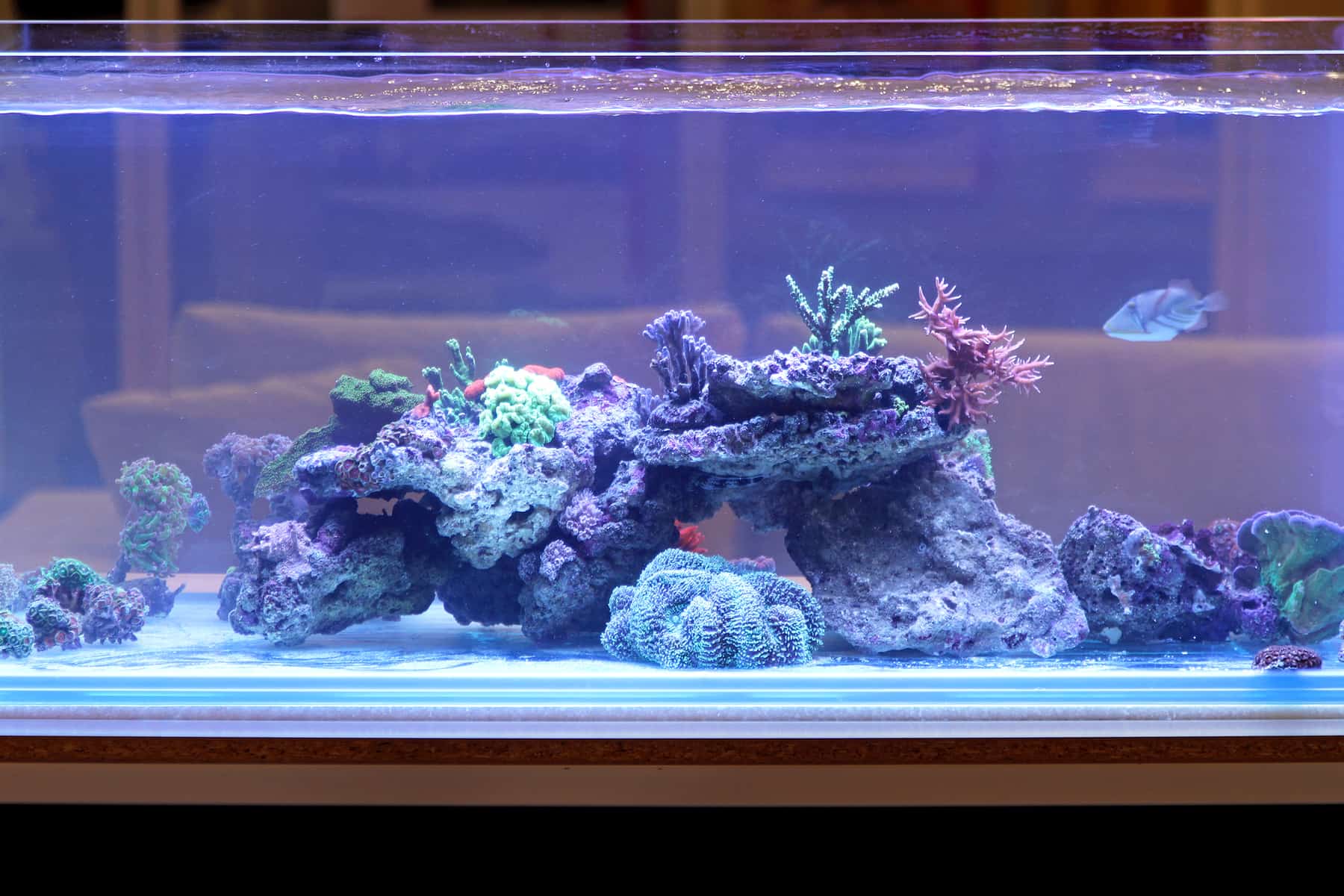
Our thoughts
I currently run an Aqueon saltwater glass tank and I have been extremely happy with it for over a year, though I have not tried drilling it and I have not made any further modifications.
It is important to really think about the future of your new tank and get a good foundation that you can always build upon. Try asking yourself these questions first before going out to buy your tank:
- Will this tank be for saltwater or freshwater?
- Will you want to drill for plumbing?
- How much weight can your floor hold?
- Do you want your tank to be rimmed or rimless?
- What kind of aquarium stand do you have/are you getting?
Regardless of what type of 90-gallon tank you go for, always do ample research on livestock and try to get the best equipment that you can to avoid having to upgrade later!
Congratulations on your new tank!
If you have any questions about 90-gallon tank options, or if you currently have a 90-gallon system running, don’t hesitate to leave a comment below!



